Beyond vanilla: Check out these limited edition Oreo flavours from firework to red velvet
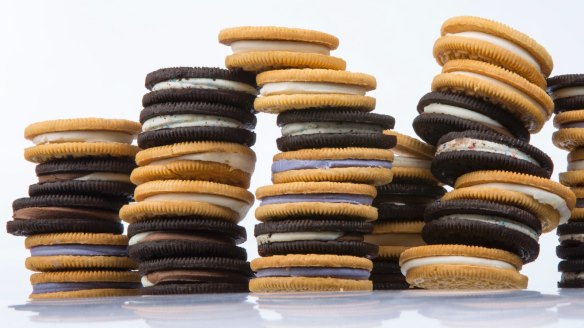
Would you travel for a new Oreo flavour? Maybe. If you saw the new ones on offer in the US that aren't available in Australia but could totally inspire your next road trip in the States. A road trip based around cookies? Why not. Who says we live in a fickle social media fuelled world, ahem.
Oreo makes a lot of cookies – 40 billion of them in 18 countries each year – enough to make it the world's best-selling cookie. Most of them are the familiar sandwich that's over 100 years old: white cream nestled between two chocolate biscuits. But the company has increasingly been experimenting with limited-edition flavours that seemed designed as much for an Instagram feed as they are to be eaten.
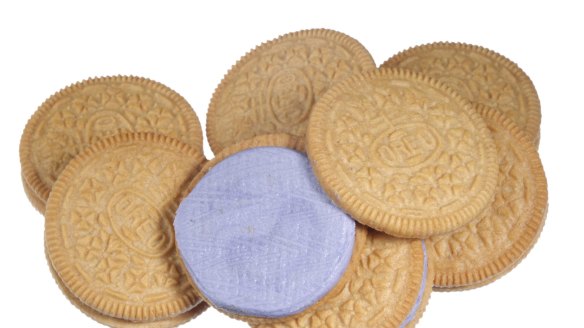
"Everyone loves the classic Oreo," said Madeline Vincent, a brand manager for Oreo. "We don't mess with that."
But outside that classic Oreo? Oh, there is much messing about. This year, the company released limited-edition flavours in America like jelly donut, Mississippi mud pie and firework. They joined a packed shelf that has recently included flavours like cookie dough, birthday cake, mint, s'mores and red velvet, which proved so popular as a limited edition that the company upgraded it to everyday flavour status.
In Australia, our Oreo offerings are decidedly more vanilla, but we have spotted the biscuits sandwiched with peanut butter, or crushed into Cadbury chocolate.
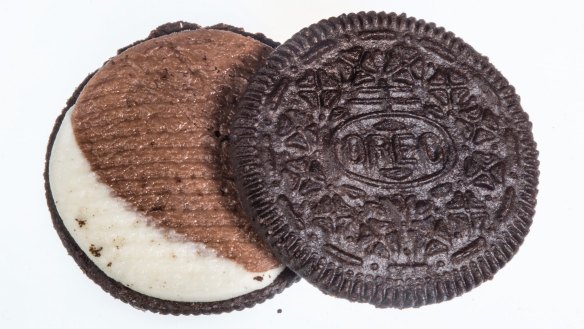
The American limited-edition flavours are scarce by design, appearing on shelves for eight to 10 weeks. Some are available only in certain markets or certain stores; Mississippi mud pie, for example, was specific to Dollar General stores, which have their headquarters in the American south.
The scarcity is not to torture you, Vincent said, but is because Oreo thinks a flavour might be better received in one area than another.
"We consider a variety of factors to determine the right flavours for the right markets and partners, such as customer feedback and consumer preference," Vincent said, adding that there is no specific template for which flavour goes to which retailer. "It is decided on a case-by-case basis."
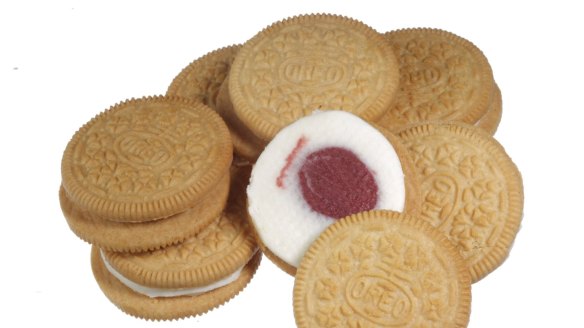
But there are certain flavours that even fewer people will get to try: those that result from a social media contest that will earn one Oreo fan $500,000. The company is using the hashtag #MyOreoCreation to collect suggested flavours. The top flavours, as determined by Oreo, will be produced and available nationwide next year for the public to vote on.
And here's where things get, comparatively, weird. Some contenders so far have included English breakfast tea, Peach Melba, Mermaid (a sort of lime cream), and at least three doughnut-adjacent flavours to complement the jelly donut already in mass production: raspberry danish, coffee and doughnut, and beignet. These flavours aren't available for consumers to buy, but the company has made small batches of them and sent them out into the world. (The winning flavour may return for a limited-edition run or even as a permanent flavour, but that will be up to Oreo to decide.)
Darren Seifer, an industry analyst at the NPD Group, a market research company, said companies need to be cautious when offering consumers a new product that's too similar to the original.
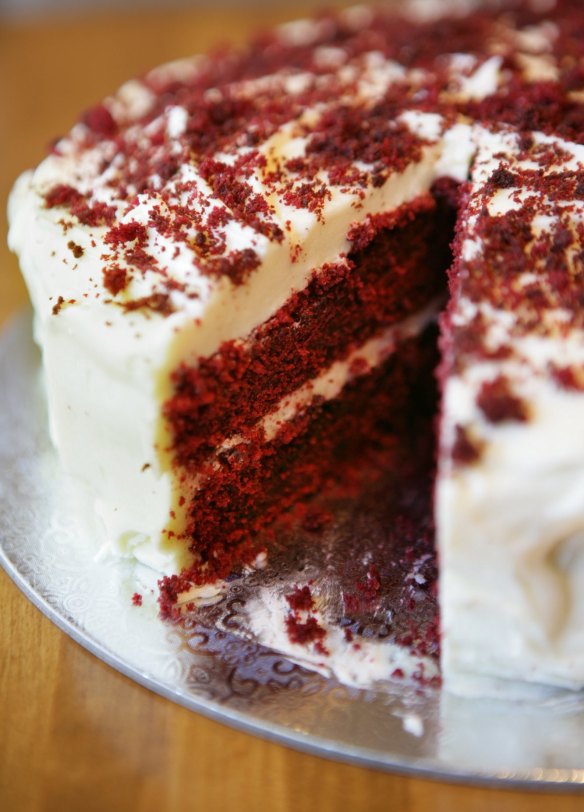
"Any time you have a line extension, your main concern should be whether or not it's going to be cannibalising your main-line product," he said.
Oreo's social media push, he added, could be interpreted as an effort to save on market research funds – which other companies certainly have done, he said.
"Instead of going and spending lots of money on focus groups and taste testing, they're almost using the power of social media to help them out figure out what's the next road and what's the next big thing," he said.
But not everyone is thrilled with the evolution of Oreo. One flavour, watermelon, was widely seen as a flop when it was released in 2013. A food industry expert told US News & World Report that the cookie left an unpleasant aftertaste and only vaguely tasted like watermelon.
In a 2016 post on The Ringer, after Oreo came out with a Swedish Fish lolly flavour, Justin Charity argued that the company had gone too far.
In an interview, Charity – who said he was conditioned to love Oreos because his schools were near a Nabisco factory – doubled down on his perspective. "I feel like, 'Why is Nabisco trying to overwhelm you with meaningless choices?'" he said.
The whole effort is "a parody of diminishing returns," he added.
"We lost the platonic ideal of what an Oreo cookie is. What is an Oreo anymore? I don't even know."
The New York Times
- More:
- Food